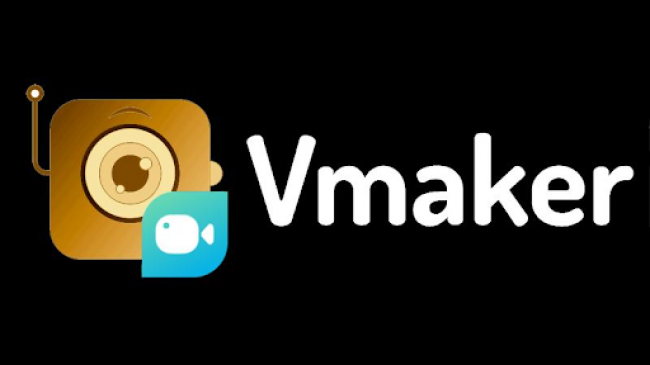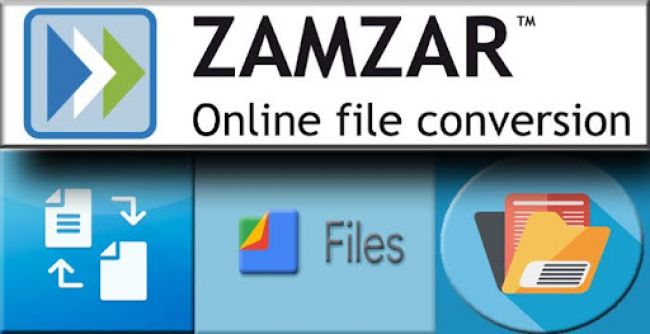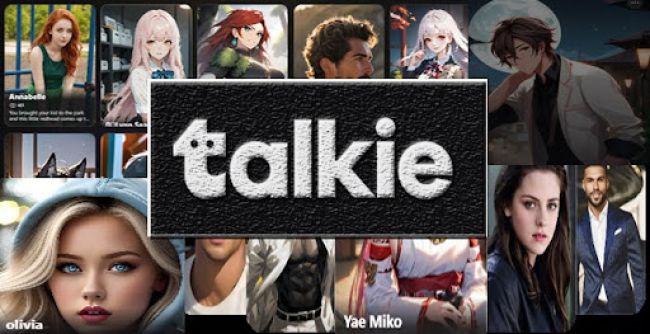Overview
Kuki AI is a rules-based chatbot built using AIML (Artificial Intelligence Markup Language). It operates primarily through pattern recognition and fixed response mapping. The tool has been presented as a conversational interface for casual interaction, but it lacks core features seen in more advanced AI systems based on neural networks or deep learning frameworks.
Technical Design
- Architecture: Kuki is built on deterministic logic. Each input is matched against predefined templates, and the corresponding output is served without any dynamic computation.
- Data Handling: No contextual memory or session history is stored. Every session operates independently.
- Learning: The chatbot does not learn from user behavior or adapt over time.
This puts it in the category of static chatbot systems, suitable for demonstrations or restricted engagement environments, but not scalable for adaptive use.
Interaction Model
The chatbot handles generic, casual queries with pre-written responses. It can simulate a conversation around common phrases and includes features like:
- Word games or simple quiz-style interactions
- Small talk simulation using stock phrases
- Surface-level roleplay within hard limits
It does not respond appropriately to ambiguous questions, complex instructions, or evolving topics.
Evaluation of Performance
Strengths:
- Predictable behavior due to non-learning logic
- Quick response time in browser environments
- Low resource consumption and no external dependencies
Limitations:
- High repetition in responses
- Inability to perform follow-up conversations or retain user context
- Limited vocabulary and understanding outside of defined patterns
- No practical application beyond engagement simulation

Suitable Use Scenarios
Kuki’s architecture suits the following:
- Educational environments demonstrating rule-based chatbot design
- Controlled deployments where unpredictability must be avoided
- Non-critical chatbot integrations in games or demos
It is not appropriate for:
- Customer service
- Task execution
- Generative content applications
- Any scenario requiring contextual awareness or personalization
Tools With Related Architecture or Scope
While Kuki operates on rule-based logic, other conversational tools exist with overlapping or adjacent characteristics. These tools differ in architecture but may serve comparable use cases under specific conditions.
| Tool Name | Logic Type | Key Characteristics |
| Pandorabots | AIML / Rule-Based | Platform used to build bots like Kuki; developer-focused |
| Cleverbot | Pattern-Matching | Non-learning conversation engine; relies on stored chats |
| Jabberwacky | Script-Based | Early chatbot with repetitive but entertaining dialogues |
| Bot Libre | Mixed (Script + NLP) | Open-source platform supporting multiple AI scripting models |
| ELIZA | Rule-Based (Classic) | Simulates a therapist; primarily keyword-triggered interaction |
These tools, like Kuki, are not based on large language models. They are often limited to educational, nostalgic, or low-stakes deployments and are not designed to provide intelligent or scalable business functionality.
Final Remarks
Kuki AI represents a previous generation of chatbot technology. It provides a predictable and contained interaction experience but does not meet the benchmarks of modern conversational agents. It remains relevant as a technical example of early-stage chatbot scripting but holds limited value for users seeking intelligent or utility-driven responses.
Post Comment
Be the first to post comment!
Related Articles

Vmaker Review: Video Creation and Screen Recording
Apr 2, 2025 . Marketing
